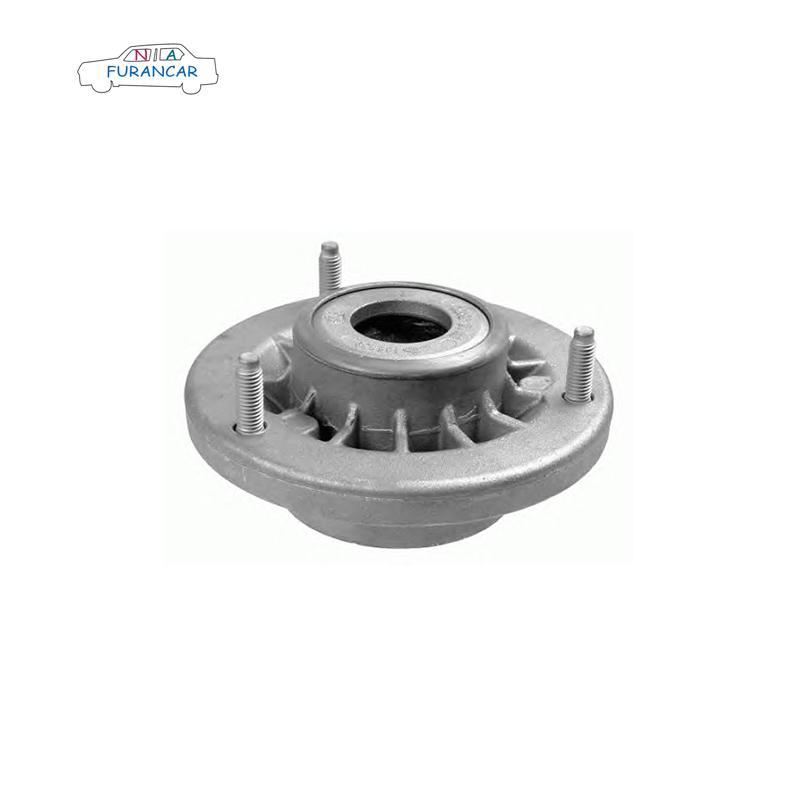The vehicle's smoothness is largely attributed to two integral components: shock absorbers and struts.
However, while shock absorbers and struts are both essential for vehicle safety and comfort, they are actually two different parts

What is shock?
As for shock absorbers, also known as shock absorbers, they are key components of the suspension system. They control the impact and rebound motion of the vehicle's springs and suspension, ensuring that the vehicle's tires are always in contact with the road. Eventually, they absorb energy. In the absence of impact, the wheels on a car or truck actually bounce off the road and vibrate irregularly on bumpy roads.
The key components of shock absorber are piston, coil and hydraulic fluid. When the wheel sinks, for example into a pothole or crack, the vibration starts a compression cycle, and the piston puts pressure on the hydraulic fluid in the upper chamber of the device. Fluids are used to slow down the coil as it relaxes back into place, which helps prevent the sensation of excessive jolting during the ride.
What is a pillar?
The strut is the structural component of the suspension system and is used in the front end of almost all front-wheel drive vehicles. Struts integrate many different suspension components into one compact assembly. The latter include:
Helical spring
The spring seat
Shock absorber
Pillar bearing
Steering knuckle
The shock absorber part of the strut is the most frequently repaired part of the strut assembly.
The coil springs support the weight of the vehicle and can accommodate irregular roads such as bumps, hills and valleys. Specifically, the strut connects the upper bearing to the lower ball and socket joint so that the entire assembly can pivot when the vehicle is turned in any direction. The struts serve a variety of purposes: internal shock absorbers suppress the spring's motion as it compresses and bounces back while the vehicle is in motion, and through the springs support the weight of the vehicle while it is in motion, adapting it to the road. In short, although the shock absorbers only absorb the impact, the struts also support and control the movement of the vehicle.
When should I change it?
Visual symbols such as:
Significant fluid leakage
Shock absorbers and/or struts appear dented or damaged
Abnormal tire wear pattern
Vehicle handling:
If you experience a bumpy or shaky ride, poor steering response, steering stiffness or noise, or unstable braking.
Miles:
At 50K miles, they may wear out to the point where they need to be replaced (depending on the vehicle and driving conditions).
In addition, worn shock absorbers and/or struts can accelerate tire and suspension wear... Ball and socket joints, steering links, springs and CV joints.
Don't "cut corners" when it comes to your shock absorbers/struts. The proper functioning of these components is critical for vehicle handling and cornering, creating safer driving conditions.
